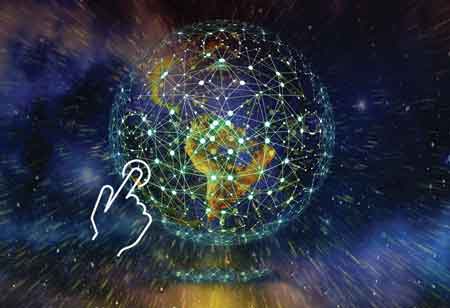THANK YOU FOR SUBSCRIBING
Be first to read the latest tech news, Industry Leader's Insights, and CIO interviews of medium and large enterprises exclusively from Gov CIO Outlook
THANK YOU FOR SUBSCRIBING

By
Government CIO Outlook | Wednesday, October 30, 2024
Stay ahead of the industry with exclusive feature stories on the top companies, expert insights and the latest news delivered straight to your inbox. Subscribe today.
AI is revolutionizing urban mobility by optimizing traffic flow, enhancing public transportation, and improving environmental monitoring. This is fostering smart cities and a more connected future for residents.
FREMONT, CA: As urban populations grow, cities face increasing challenges in managing transportation and mobility. Artificial intelligence (AI) offers innovative solutions to these challenges, making urban mobility more efficient, sustainable, and user-friendly. This article explores nine key use cases of AI in urban mobility, highlighting how these technologies can transform smart cities.
Traffic Management and Optimization
AI can enhance traffic flow by analyzing real-time data from several sources, including cameras and sensors. By predicting congestion and adjusting traffic signals accordingly, AI helps reduce traffic jams and improve travel times, leading to smoother commutes and lower emissions.
Autonomous Vehicles
Self-driving cars and buses powered by AI are becoming a reality. These vehicles can navigate complex urban environments, reducing the need for human drivers and potentially decreasing traffic accidents. Autonomous vehicles also promise more efficient public transportation systems.
Predictive Maintenance
AI can predict when transportation infrastructure, such as roads and bridges, will need maintenance. By evaluating data from sensors and previous maintenance records, AIanners in scheduling repairs before problems become urgent, minimizing downtime and costs, by evaluating data.
Smart Public Transportation
AI enhances public transportation by optimizing routes and schedules based on real-time demand. This ensures that buses and trains run more efficiently, reducing passenger wait times and improving overall service reliability.
Ride-sharing and Mobility-as-a-Service (MaaS)
AI-powered platforms can reduce the number of vehicles on the road and emissions by matching customers with ride-sharing choices that best suit their requirements. Mobility-as-a-Service (MaaS) integrates various transportation modes into a single accessible service, making urban travel more convenient.
Environmental Monitoring
AI can monitor air quality and noise levels in real time, providing valuable data to city planners. This information helps them make informed decisions to improve urban living conditions and reduce transportation's environmental impact.
Parking Management
Parking can be quite difficult to find in cities. AI can deliver real-time information on available parking spots by analyzing data from cameras and parking sensors. By doing this, cars spend less time looking for parking, which lowers emissions and traffic congestion.
Enhanced Safety and Security
AI can enhance safety and security in urban mobility by monitoring public transportation systems and identifying potential threats. For example, AI can analyze video feeds to detect suspicious behavior and alert authorities in real time.
Personalized Travel Assistance
AI can offer customized travel advice based on user preferences and current circumstances. This includes recommending the best routes, means of transportation, and even the ideal times to travel, improving the user experience overall.
I agree We use cookies on this website to enhance your user experience. By clicking any link on this page you are giving your consent for us to set cookies. More info

However, if you would like to share the information in this article, you may use the link below:
www.govciooutlookapac.com/news/ai-in-urban-mobility-key-use-cases-for-smarter-cities-nid-2303.html



